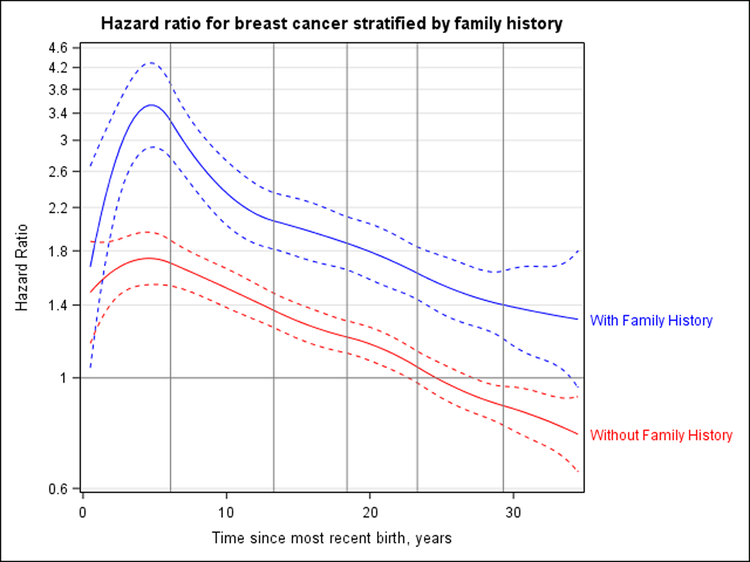Figure 2. HR for breast cancer according to years since most recent birth for the joint effect of family history and time since most recent birth.
Nulliparous women without a family history of breast cancer are the reference group, and HRs are adjusted for attained age, study, and continuous parity. Dashed curves correspond to 95% CIs. Vertical lines represent the quadratic spline knots at 6.1, 13.3, 18.4, 23.3, and 29.3 y after birth. Likelihood ratio tests for models with and without interaction terms for time since most recent birth indicated a statistically significant (P = 0.044) interaction with family history of breast cancer. Compared with a common reference group of nulliparous women without such a history, women with a family history of breast cancer had an HR of 3.53 (CI, 2.91, 4.29) 4.9 y after first birth and did not cross over toward a protective effect for ≥30 y. As an approximation of the 95% CI around the crossover point, for women without a family history, the lower bound crosses at 22.9 y and the upper bound at 27.4 y. For women with a family history, the lower bound crosses at 34.2 y and the upper bound does not cross 1 during the 34.5 y of follow-up. HR = hazard ratio.

